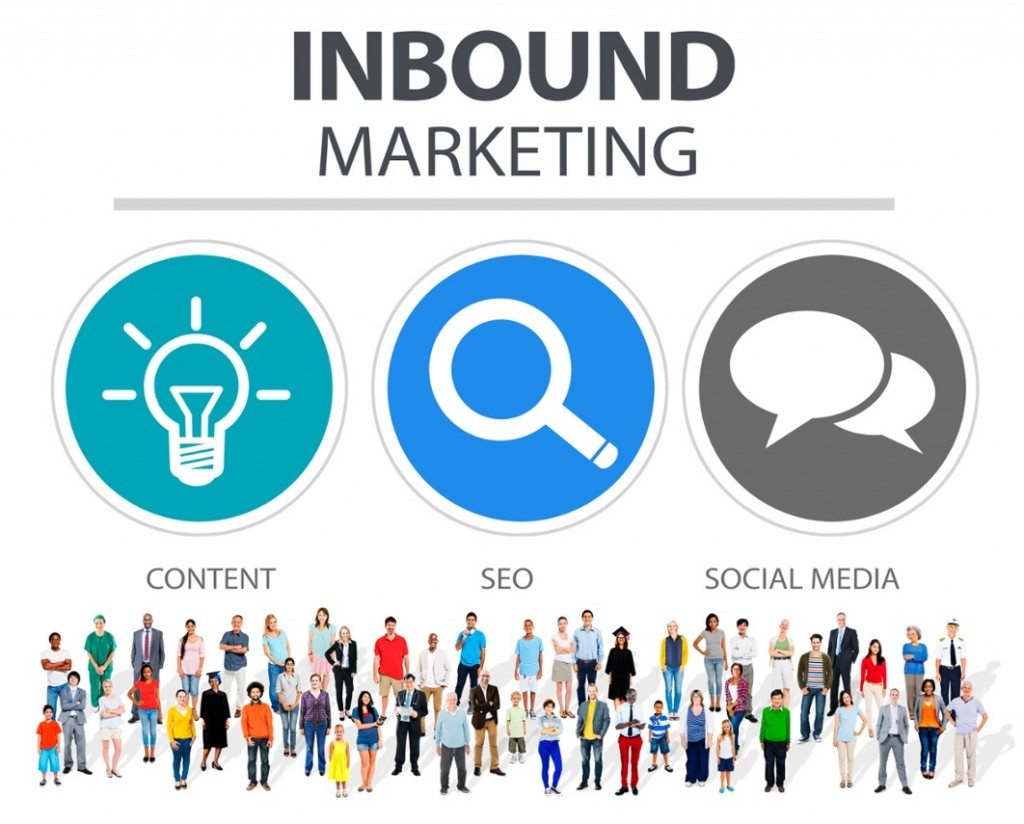As a business owner who depends largely on Web-based sources of traffic, few things are more important than the nature of Google’s search engine. You’ve likely seen methods for ranking come and go, as Google’s dynamic algorithm has, through the years, changed how to get leads online.
Inbound Marketing Stands Tall
Despite this seemingly fickle nature, one thing that has always – and will always – resonate with the reading public is content, which is where inbound marketing really shines. The underlying mantra is simple: give people what they’re looking for, and they will flock to your sources. Audience engagement is the primary way to do this, and it takes just a few factual realizations to start crafting the best ways to implement it:
- Understanding that the audience for your service already exists; you just have to place your site under their noses using keywords and crafting quality content
- Branding your business – make sure that what you’re offering is clearly defined in every piece of content you curate
- Writing to problem solve and provide solutions for your audience; associate their needs with a call to action after you’ve delivered answers.
The Advantages that Inbound Marketing Offers
The average marketing plan is a sort of scatterbrained promotional plan, in which a business puts out as many feelers as its budget allows. Big, ‘look at me’ banners litter the web even today, and bank on huge streams of traffic to hopefully get just a fraction of those searchers. The problem with this approach is that it’s a huge waste of resources, because it’s essentially untargeted – those people are necessarily looking for what you have to offer.
As a result, the untargeted traffic approach requires a lot of effort for minimal results. If you use Analytics to monitor the performance of your website (and you definitely should if you don’t already), then you’ll notice that this approach results in poor click-through-rates. People are coming to the site; but they’re not staying and you’re not converting them into leads.
Inbound marketing, on the other hand, means that you are delivering content right to your readers! More accurately, your crafting the content that you know they want; all that’s left is to get it in front of them. It’s easy to see that the click-through-rates on your landing pages would skyrocket comparatively, as you fulfill a need and your prospective customers respond to this. In the current climate of content creation, this is how to get leads online.
The first part of crafting this content is identifying the keywords that people are typing into the search engines. In many cases, this can be as easy as simply imagining you, yourself, were searching for that particular service; what would you type? Gather reasonable variations of this keyword to account for long-tail entries, and use them conservatively in your content.
Of course, the content itself shouldn’t read like a technical manual of what to do – after all, would you enjoy reading such a thing? Engagement is key; use timely anecdotes and tie-in what you have to say with trending news or popular topics from the industry. You know what you like to read, and it stands to reason that it’s the same stuff everyone else likes to read to. Your analytics will show that your conversions and lead increase as your content gets more targeted and engaging. When it comes to how to get leads online, inbound marketing is the best game in town. The end result of inbound marketing, done correctly, is building a community of brand advocates for your business. That’s like high-level, FREE marketing, 24/7. Who doesn’t want that?!

